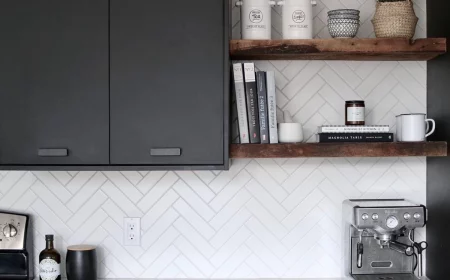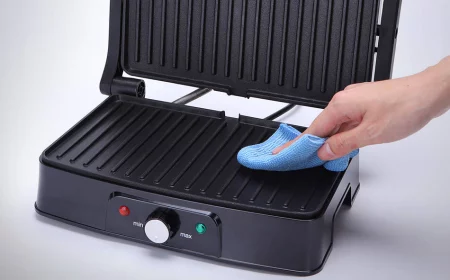Stop! These 10 Foods Don’t Belong in Your Fridge (And Where to Put Them Instead)
My first real kitchen job was on the prep line, where my entire world was turning massive crates of produce into perfect little cuts for the chefs. One morning, I was wrestling a 50-pound sack of potatoes into the giant walk-in cooler when the head chef stopped me. He just put a hand on the sack, shook his head, and said something I’ve never forgotten: “A cook knows their tools. The refrigerator is a tool, not a storage unit for everything.”
In this article
He was so right. That lesson is about more than just saving space; it’s about respecting your ingredients. Getting this right protects flavor, preserves texture, and even impacts food safety. The fridge is a beast for keeping some things fresh, but its cold, damp environment can absolutely wreck other foods, turning them mealy, mushy, or completely bland.
Honestly, this is one of those fundamental skills that separates a decent home cook from someone who really gets it. So let’s walk through the stuff that should almost never see the inside of your fridge.
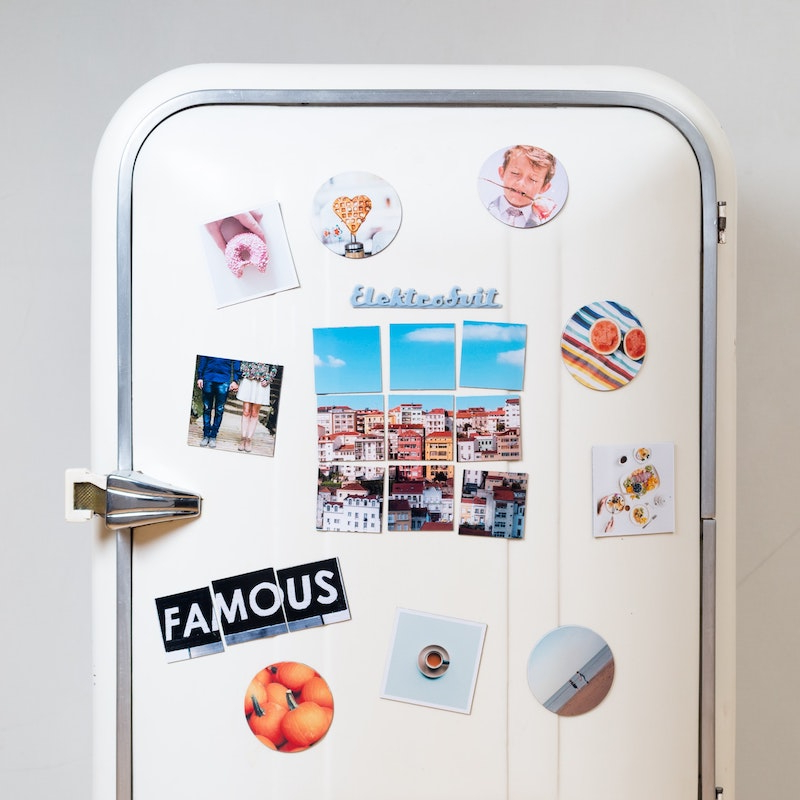
Oh, and for a quick win? Go take your tomatoes, potatoes, onions, garlic, and that loaf of bread out of the fridge. Right now. Seriously. You’ve just instantly improved their flavor and lifespan!
The Aromatic Duo: Onions and Garlic
Onions and garlic are the backbone of… well, almost everything delicious. Storing them right is non-negotiable. They look tough, but they’re surprisingly picky about where they live.
Onions
Putting a whole onion in the fridge is one of the most common kitchen mistakes. The humidity is their mortal enemy; it softens them up and encourages mold to grow between the layers. Before you know it, you’ve got a squishy, spoiled mess.
How to Store Them: In a pro kitchen, we keep whole, unpeeled onions in mesh bags hung in a cool, dark, and dry storeroom. The key here is air circulation. For your home, a cool, dark pantry or a cabinet away from the stove is perfect. A wire basket or even a paper bag with a few holes punched in it works wonders. You can grab a set of reusable mesh bags online for about $10-$15, and they’re great for all kinds of produce. Just AVOID plastic bags—they trap moisture and will ruin your onions in a week.
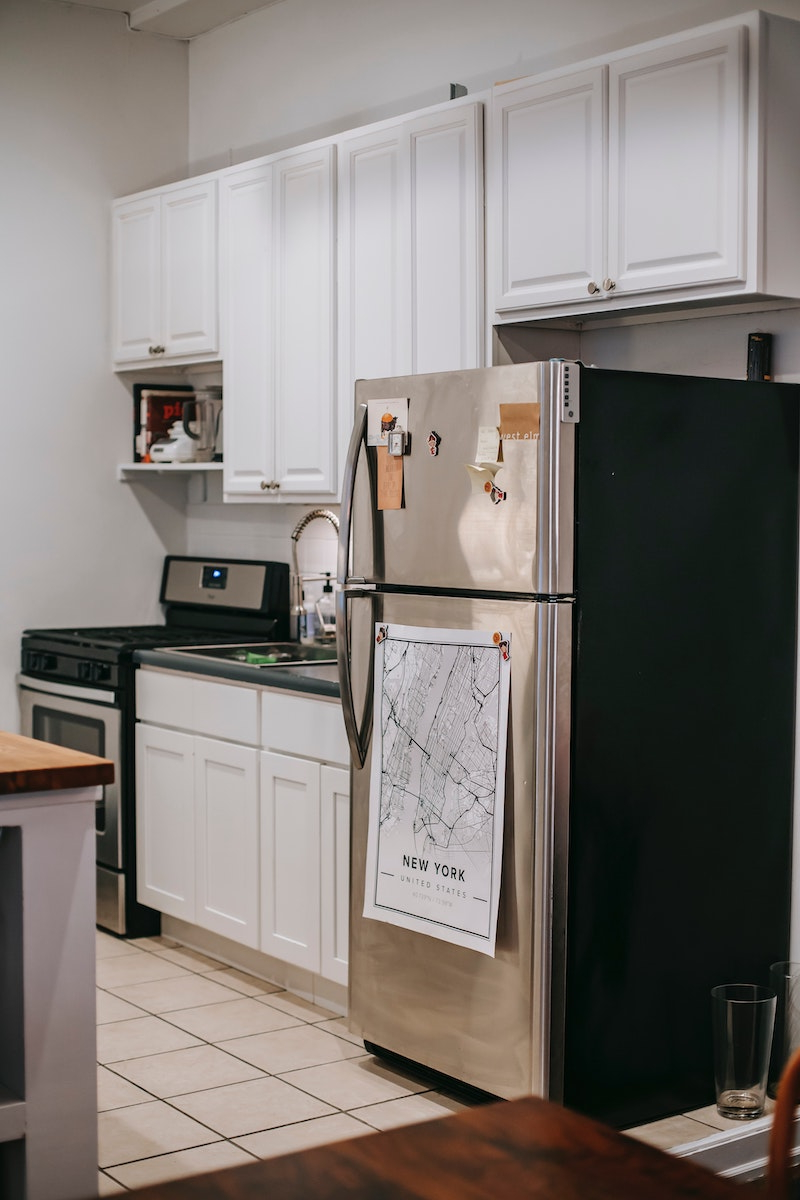
Heads up! Once you cut an onion, the game changes. The exposed layers need to be protected from bacteria. Store chopped or sliced onions in an airtight container in the fridge. A quick tip: use a glass container instead of plastic. Plastic can absorb those strong onion smells forever, and nobody wants their yogurt tasting like last week’s fajitas.
Garlic
Garlic is even more dramatic about the cold. Chilling a whole head of garlic tricks it into thinking it’s winter, signaling that it’s time to sprout. This process turns the cloves bitter and gives them a rubbery texture.
How to Store It: Just like onions, garlic needs a cool, dark place with plenty of airflow. A small terracotta or mesh basket on a pantry shelf is ideal. If you see sprouted garlic, it’s not a total loss. You can still use it, but slice the clove open and pull out the little green sprout first—that’s the bitter part. If the clove feels soft, though, it’s time to toss it.
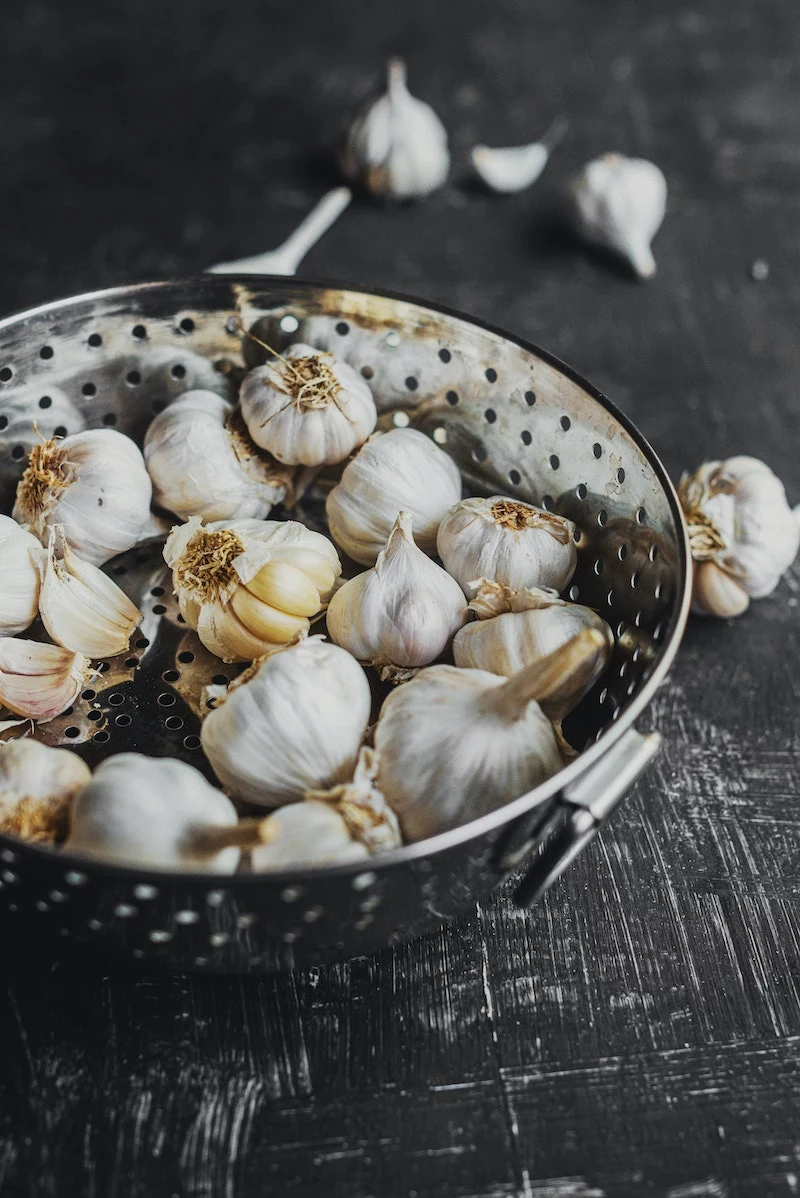
And just like its cousin the onion, any peeled or chopped garlic belongs in an airtight glass container in the fridge. Use it up within a week for the best flavor.
A Quick Word on Food Roommates (Ethylene Gas!)
By the way, there’s a reason we store onions and potatoes separately. Some fruits and veggies release a natural ripening agent called ethylene gas, while others are super sensitive to it. Storing them together is a recipe for premature spoilage.
Think of it like this:
- The Gassy Gang (Producers): Onions, apples, bananas, avocados, and tomatoes are major ethylene producers. Keep them separate from others when you can.
- The Sensitive Crew (Victims): Potatoes, leafy greens, carrots, broccoli, and peppers will spoil, sprout, or turn bitter much faster when exposed to that gas.
Don’t let them be roommates! This simple separation can save you a surprising amount of money by preventing food waste.
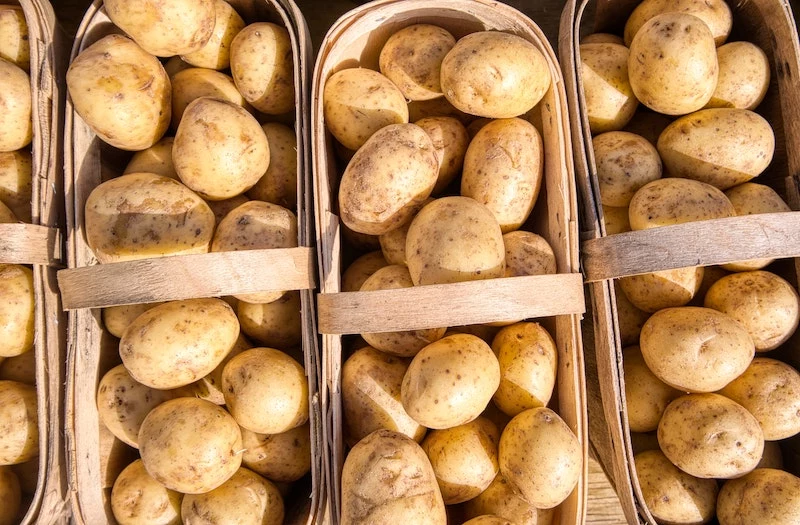
Starchy Staples: Potatoes and Winter Squash
These veggies are nature’s pantry-dwellers. Their tough skins are designed for long-term storage, but the cold of a fridge triggers some nasty chemical changes.
Potatoes
This was my first big lesson, and it’s a crucial one. Refrigerating raw potatoes turns their starches into sugars. This not only gives them an oddly sweet, unpleasant taste but also creates a food safety issue. When those sugary potatoes are fried, roasted, or baked at high heat, the sugars can form acrylamide, a chemical that food safety authorities recommend limiting in your diet.
How to Store Them: The ideal spot is cool, dark, and well-ventilated—think 45-50°F. Since most of us don’t have a root cellar, the next best thing is the coolest, darkest spot in your house. A basement, a pantry, or even a low cabinet on an outside wall is a far better choice than the fridge. Keep them in a paper bag or cardboard box to let them breathe. And whatever you do, don’t wash them until you’re ready to cook; moisture is the enemy.
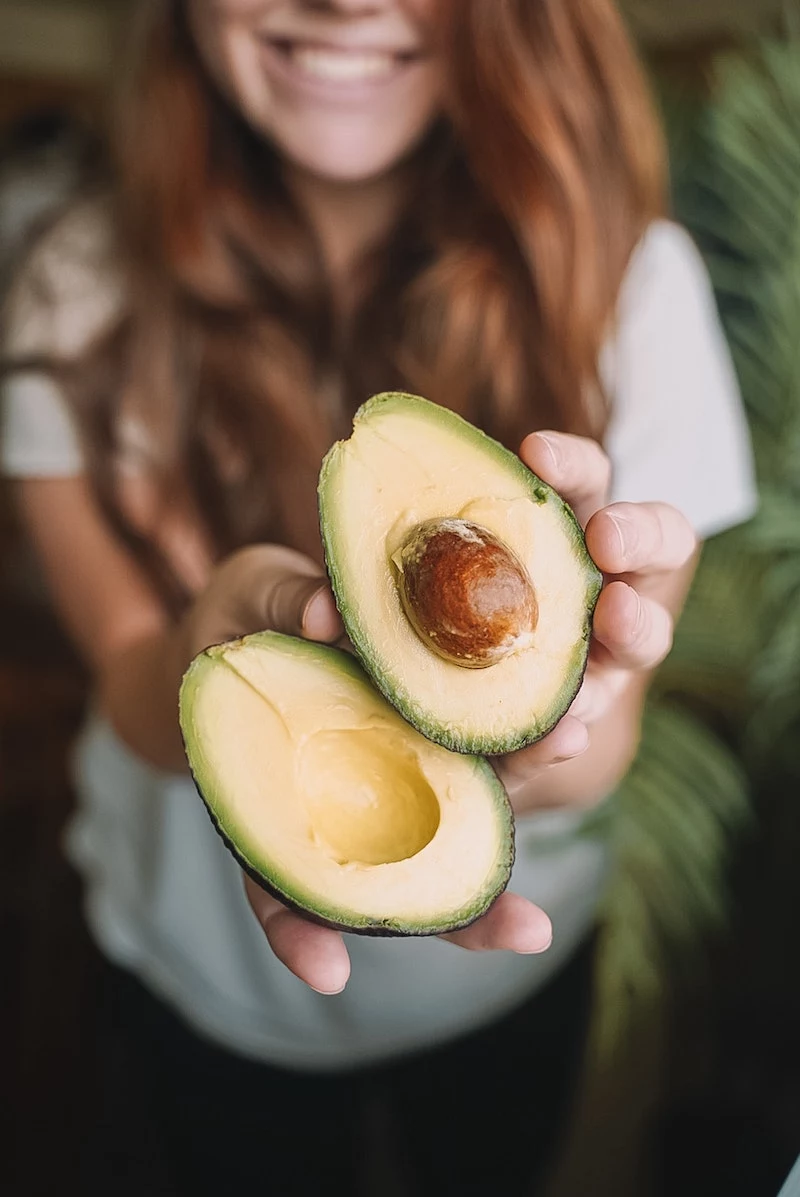
What if you live in a hot, humid climate? The pantry is still your best bet. The key is to buy smaller quantities more often so they don’t have time to sprout.
Winter Squash
I’m talking about butternut, acorn, spaghetti, and kabocha squash here. These fall beauties are meant to last for months. The fridge, however, will make their flesh watery and stringy while accelerating rot.
How to Store It: Just leave them on your counter or in the pantry! They actually make a pretty nice decoration in a bowl and will happily last for a month or three. Give them a little space so air can circulate. Once you cut into one, of course, wrap the pieces up and pop them in the fridge. Use within a few days.
The Delicate Ones: Tomatoes and Cucumbers
Ah, the crisper drawer. So many well-intentioned tomatoes and cucumbers have met a sad, flavorless end in there.
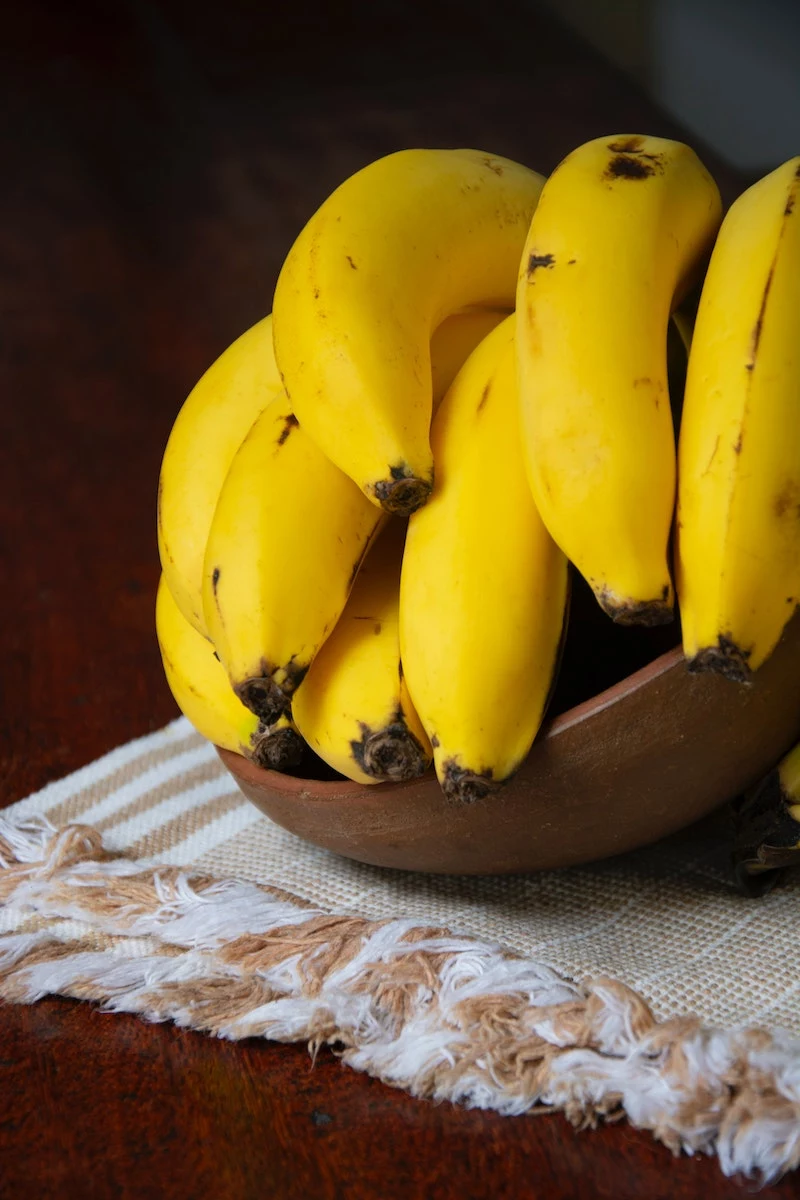
Tomatoes
A refrigerated tomato is a tragedy. It might look fine on the outside, but the cold kills the enzymes that create its flavor and aroma. It also wrecks the cell membranes, which is why a chilled tomato is so mealy and watery when you slice it.
How to Store Them: On the counter, always. Let them ripen at room temperature, away from direct sunlight. If you want to speed things up, put them in a paper bag with a banana. Once a tomato is perfectly ripe, eat it within a day or two for the best experience. The ONLY exception is a tomato on the verge of going bad—you can put it in the fridge for one more day to prevent waste, but know that you’re sacrificing texture.
Lesser-known trick: Got a super-ripe tomato you can’t use? Don’t refrigerate it—freeze it! It’ll get mushy when it thaws, but it’s absolutely perfect for throwing into your next pasta sauce or soup.
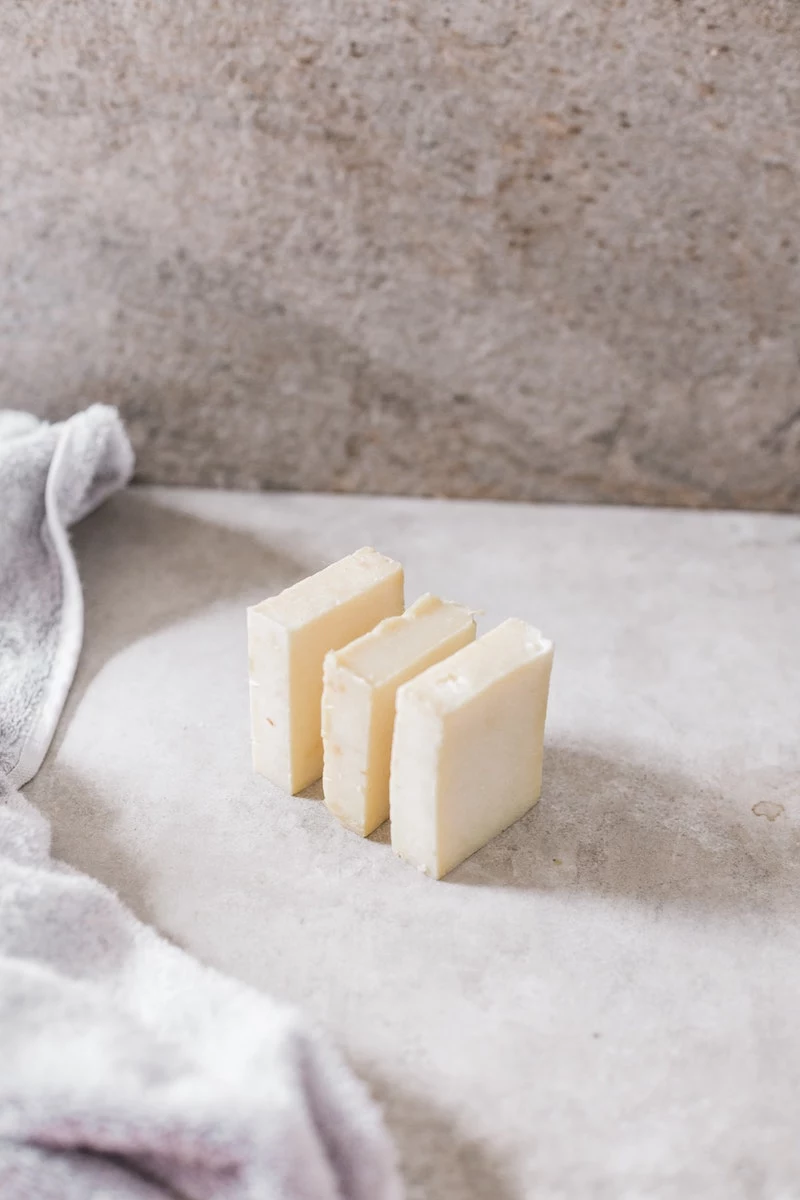
Cucumbers
Cucumbers suffer from what’s called “chilling injury” below 50°F. The cold causes watery spots, pitting on the skin, and rapid decay. They’ll last for several days on your kitchen counter just fine. If you must refrigerate them, try to use them within a day or two before they turn slimy.
Bread, Honey, and Oil
These pantry items are shelf-stable for a reason. Refrigerating them is not only pointless but can actually cause problems.
Bread
It seems backward, but putting bread in the fridge makes it go stale faster. The cold, dry air speeds up the process of starch recrystallization, which is the scientific way of saying it turns hard and dry. For a crusty loaf, keep it in a paper bag on the counter or, even better, in a bread box. A good bread box isn’t just for looks; it controls humidity perfectly. You can find a solid one for between $25 and $40.
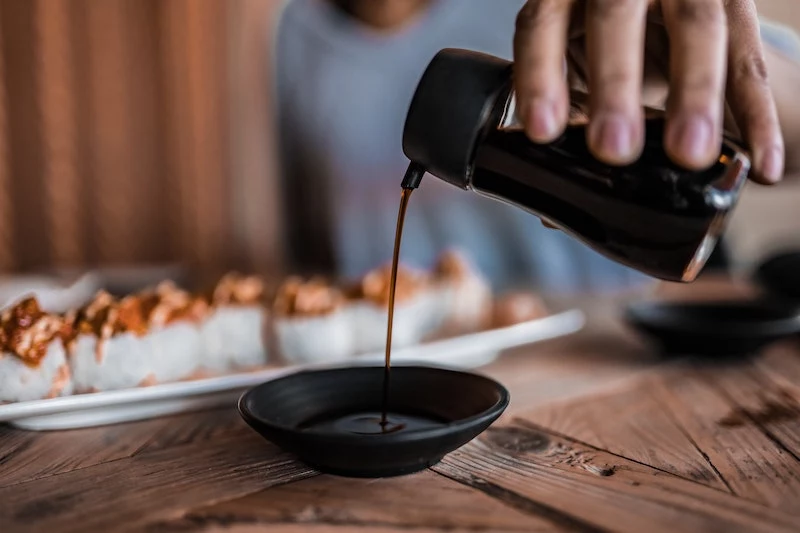
The ultimate pro-tip for bread: The freezer is your best friend. The key is to slice the loaf FIRST. Then, put the slices in a freezer-safe bag, press out all the air, and seal it tight. You can pull out a slice whenever you want and pop it directly into the toaster. Perfect toast, zero waste.
Honey
Honey is a natural wonder; it basically never spoils. Refrigerating it only does one thing: it makes it crystallize into a thick, grainy sludge. If this happens, just place the jar in a bowl of warm (not boiling) water for about 20 minutes until it becomes smooth again. Keep it in a sealed jar in your pantry, and it’ll be perfect forever.
Olive Oil
Good olive oil’s enemies are light, heat, and air—not cold. But the cold will cause its natural fats to solidify, making it cloudy and thick. It doesn’t harm the oil, but it’s annoying when you just want to pour some. Store it in a cool, dark cabinet, always away from the stove.
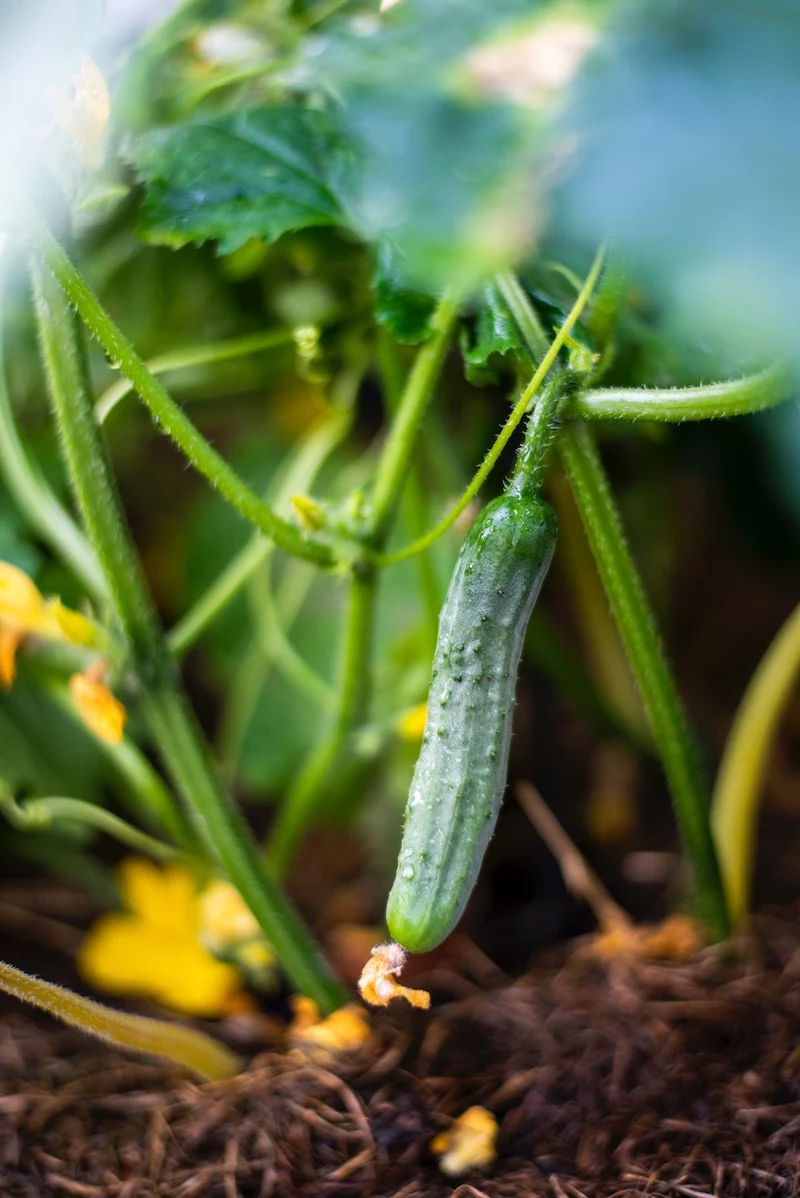
The Final Takeaway
Look, no guide can replace your own senses. This is the wisdom I’ve gathered over years in professional kitchens, but you should always inspect your food. If it looks, smells, or feels wrong, it probably is. When in doubt, throw it out.
Using your refrigerator wisely is a skill that saves you money and makes your food taste worlds better. By keeping these foods in their happy place, you’re letting them be their best. And that, my friends, is the foundation of all good cooking.
Inspirational Gallery
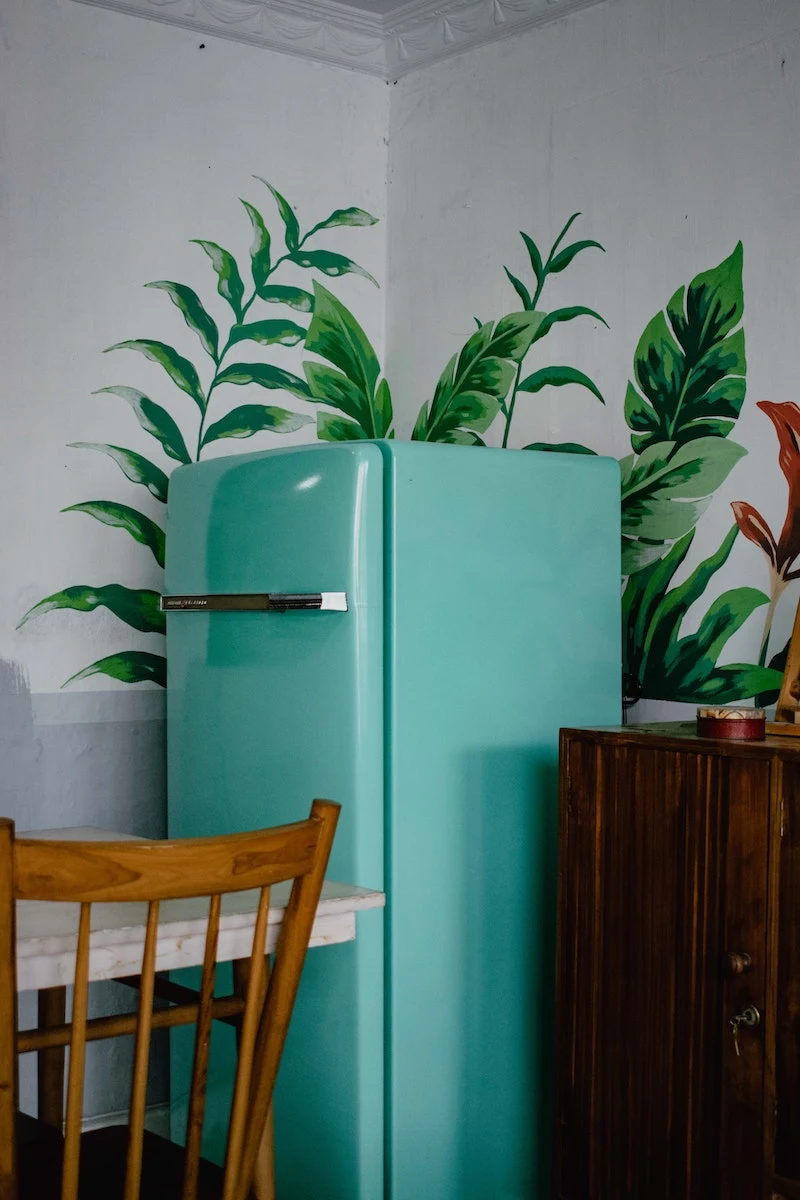
So, I’ve moved my onions and potatoes out of the fridge. Can I just toss them in the same basket in the pantry to save space?
That’s a common impulse, but it’s one you should definitely resist. Think of them as frenemies who bring out the worst in each other. Onions release ethylene gas, a natural plant hormone that triggers ripening. When stored next to potatoes, this gas encourages them to sprout and spoil much faster. On the flip side, potatoes have a high moisture content, which can cause nearby onions to soften and rot. For best results, give them their own space in separate, well-ventilated containers in a cool, dark spot. A simple wire basket for each is a perfect, stylish solution.





